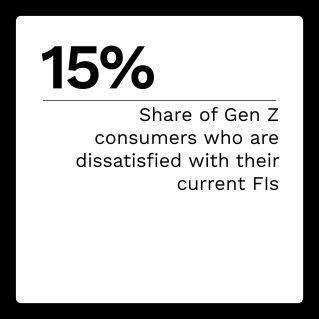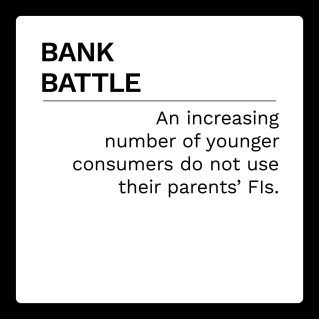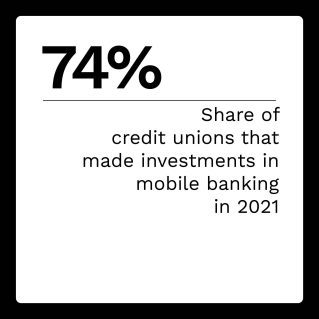Credit Unions Keep It Personal to Attract Younger Members

Younger banking consumers have many more choices today when it comes to conducting their financial business, and any financial institution (FI) looking to stay relevant with these generations must be prepared to be more than just their parents’ bank. Credit unions that once could rely on familiarity and a personal touch now face a fight to survive in an increasingly competitive banking environment.
These younger generations who are coming of age amid economic challenges are also in search of FIs that will actively help them achieve their financial goals via increasingly sophisticated digital budgeting and planning tools. Credit unions historically have been slower to adopt new technology than their traditional FI rivals, but remaining competitive means updating technology infrastructure to meet younger consumers in the digital channels they prefer.
The July edition of the “Credit Union Tracker®” explores how the digital-first age of banking is impacting different age groups and explores some of the features they are looking for. In addition, it examines where credit unions are investing to meet the growing digital demands of a new generation of banking consumers.
Around the Credit Union Space
While there once was a time when it was common for young adults to follow their parents’ lead in where they did their banking, a new report says that is no longer the case. Younger banking consumers have many more choices when it comes to how and where they conduct their financial business, the report notes, and FIs that want their business handed down from generation to generation will have to invest in multiple channels to cater to these youthful demographics.
 To that end, Florida-based Achieva Credit Union has announced a partnership that will allow its members to conduct bitcoin transactions, citing a growing interest among younger consumers in using cryptocurrencies, according to a recent report. Transactions will be handled through NYDIG, a FinTech holding company that specializes in bitcoin banking services. Achieva members will be able to use a widget on the credit union’s app that will allow them to trade in bitcoin as well as access trading history.
To that end, Florida-based Achieva Credit Union has announced a partnership that will allow its members to conduct bitcoin transactions, citing a growing interest among younger consumers in using cryptocurrencies, according to a recent report. Transactions will be handled through NYDIG, a FinTech holding company that specializes in bitcoin banking services. Achieva members will be able to use a widget on the credit union’s app that will allow them to trade in bitcoin as well as access trading history.
For more on these stories and others, visit the Tracker’s News and Trends section.
Canvas Credit Union on Providing Digital Banking Services for All Generations
Financial apps and the mobile devices on which they operate are so ubiquitous that many younger consumers have never set foot in front of a teller to make a deposit or apply for a loan. Unlike their banking and FinTech counterparts, credit unions traditionally focus on personal service rather than profits and thus often have less capital to invest in digital transformation.
Older members enjoy the personal interactions CUs offer, and CUs should work to continue to deliver in that channel. At the same time, they need to take care not to alienate younger consumers who prefer instantaneous and remote services for their banking needs.
In this month’s Feature Story, Damian Jakubczyk, vice president of digital innovation at Canvas Credit Union, talks about how credit unions must maintain face-to-face banking while pivoting to meet the needs of digital-first consumers.
PYMNTS Intelligence: How CUs Are Working to Meet Different Generations’ Digital Banking Expectations
 It was once assumed that bank customers would bring their children on board to become lifelong customers themselves, but a new study indicates that this assumption is no longer valid. Less than half of Gen Z and millennials surveyed used the same FIs as their parents in 2021, down from 61% and 54%, respectively, in 2020.
It was once assumed that bank customers would bring their children on board to become lifelong customers themselves, but a new study indicates that this assumption is no longer valid. Less than half of Gen Z and millennials surveyed used the same FIs as their parents in 2021, down from 61% and 54%, respectively, in 2020.
While older generations may still prefer face-to-face interactions with tellers and occasional visits to the ATM, younger and tech-savvier banking consumers are looking to avoid trips to the bank altogether in favor of mobile apps that allow safe, seamless service in the palm of their hands.
This month’s PYMNTS Intelligence looks at how CUs are working to meet different generations’ digital banking expectations.
About the Tracker
The “Credit Union Tracker®,” a PYMNTS and PSCU collaboration, examines how the digital-first age of banking is impacting different age groups and explores some of the features they are looking for. In addition, it examines where credit unions are investing to meet the growing digital demands of a new generation of banking consumers.
